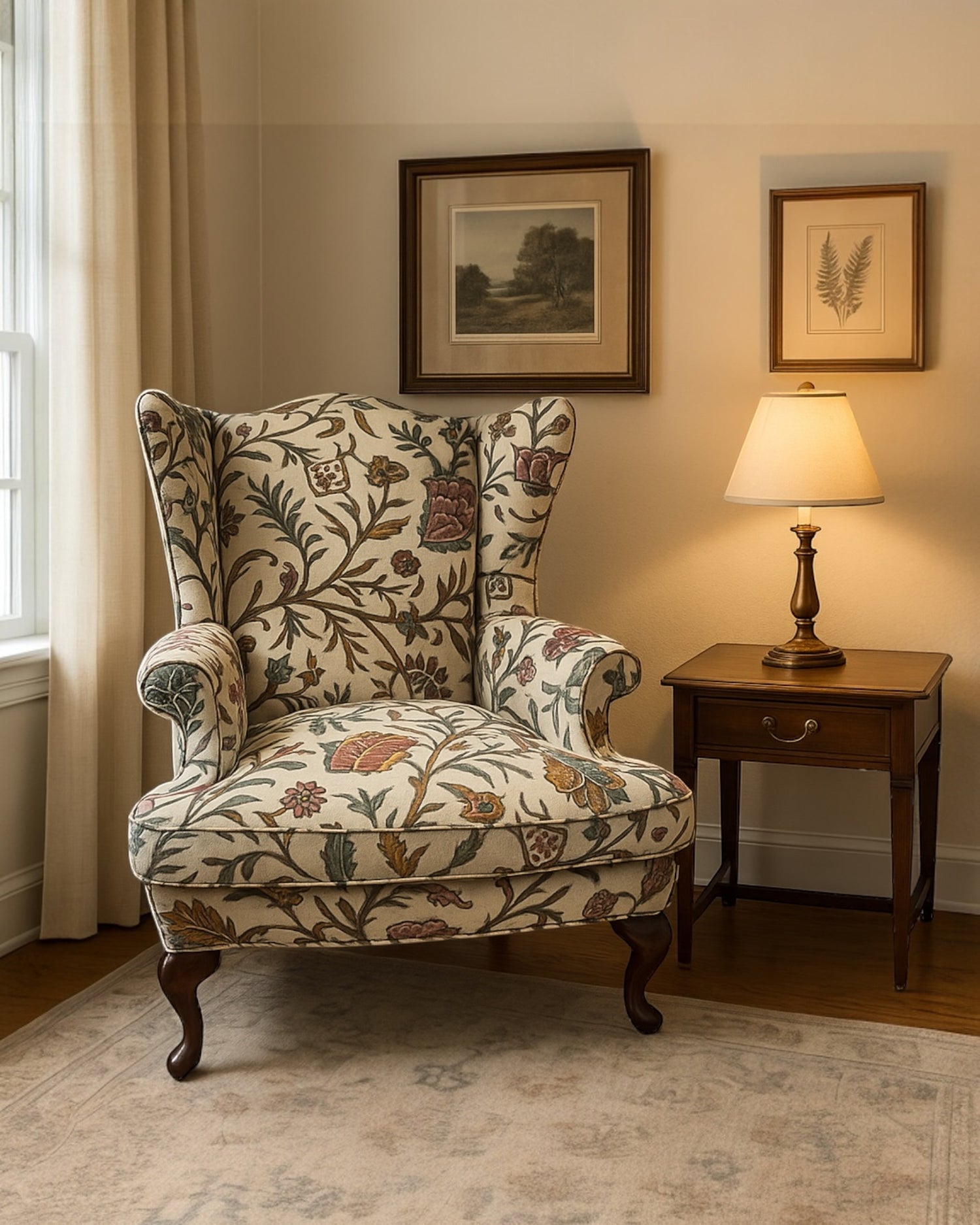
Collecting Antiques 101: A Beginner’s Guide to Antique Shopping
|
|
Time to read 4 min
|
|
Time to read 4 min
Stepping into the world of antiques feels a bit like traveling back in time. Each item showcases the marks of a different era. For first-time buyers, collecting antiques is not just about acquiring objects; it’s about curating history, craftsmanship, and stories that you can enjoy every day.
Antique shopping can be overwhelming at first. With local antique shops, online marketplaces, and large fairs, it’s easy to feel uncertain about what’s worth buying and how to avoid costly mistakes. This guide is designed to help you build confidence, enhance your eye for detail, and enjoy the process of creating a collection that is both personal and valuable.
If you’re new to collecting antiques , you’ve probably heard the words “antique” and “vintage” used as if they mean the same thing. In reality, they describe different age ranges and carry different values in the collector’s market.
Both are collectible, but antiques usually hold greater historical and financial weight. Whether you’re shopping online or visiting a trusted antique shop, it’s important to understand these distinctions before you buy.
One of the first choices a new collector faces is deciding what to focus on. Antiques cover a wide range of categories, and while you don’t need to limit yourself, narrowing down your interests helps create a collection with more meaning.
Furniture is a natural entry point because it combines beauty and function. Well-made antique furniture often features craftsmanship that’s hard to replicate today.

Many collectors choose to buy antique furniture because it adds character to a space while also holding long-term value. Whether sourced from fairs, auctions, or a local antique shop, furniture often becomes the centerpiece of a collection.
From ornate Victorian lockets to bold Art Deco rings, jewelry holds emotional value in addition to financial worth.

Paintings, prints, and sculptures have long attracted collectors. Smaller decorative items like clocks, mirrors, and candlesticks are also popular.
These pieces are often displayed in local antique shops or discovered at auctions. If you’re searching for an antique for sale, art and decorative objects are a rewarding choice.
Smaller collectibles can be just as rewarding as larger investments.

These are easier to store and often more affordable, making them perfect for beginners looking for an accessible antique for sale.
Starting an antique collection is exciting, but with so many choices, it can feel overwhelming. If you’re new to collecting antiques , these steps will help you focus:
Pick a category or period that interests you most. This makes searching easier and gives your collection direction.
Antiques range widely in price. Some are affordable, while others can be significant investments. Setting a budget keeps you in control, helps you make thoughtful decisions, and prevents overspending.
These events are excellent opportunities to see many antiques in one place. You’ll meet knowledgeable dealers, connect with other collectors, and discover pieces that may not be available in shops.
Exploring local antique shops is a great way to learn and find unique items. Each antique shop has its own character, and shop owners often provide valuable insights. Browsing in person also allows you to examine the craftsmanship closely before deciding to buy antique furniture or other pieces.
When building your collection, it’s important to know if what you’re buying is truly antique. For beginners, this can feel challenging, but here are some simple ways to check:
Being aware of these details helps you feel more confident when considering an antique for sale at a fair or antique shop.
Exploring antiques is about more than collecting objects; it’s about connecting with history and artistry. As you build your collection, you’ll sharpen your eye for detail, recognize quality, and develop a deeper appreciation for design trends across different eras.
If you ever feel unsure about where to start, keep it simple: choose a category you love, set a budget, and don’t hesitate to learn from experienced collectors at fairs, auctions, and local antique shops. Over time, your collection will become more than just objects; it will be a reflection of your taste, interests, and personal connection to history.
Discover the character and craftsmanship of seating pieces from different eras in Painted Sparrow’s Antique Seating Collection. Each chair tells its own story through timeless design and detail. Featured in the collection are:

Antique furniture brings charm, history, and craftsmanship into every room. Start your journey today and discover pieces that truly make your home unique.